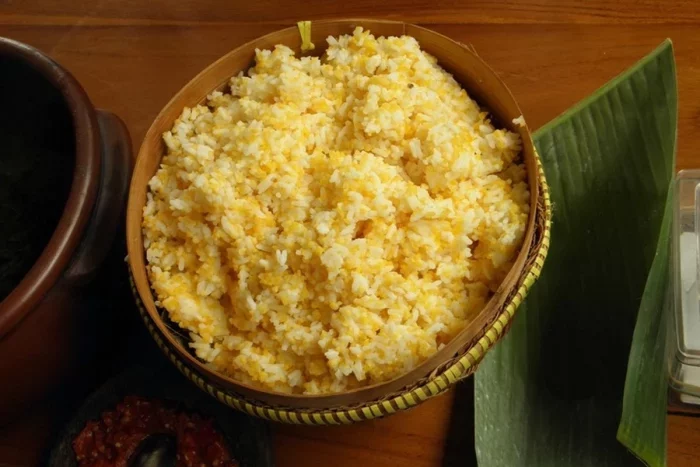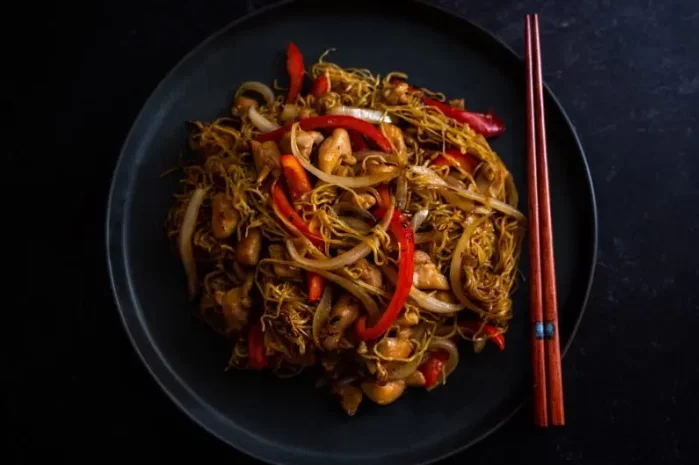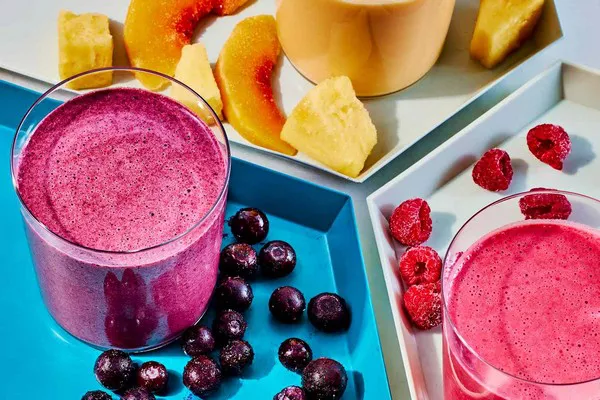Dumpling vinegar is a flavorful dipping sauce that perfectly complements dumplings. It enhances the taste and adds a tangy kick to the dish. In this article, you will learn how to make dumpling vinegar from scratch, including variations and tips for serving.
What is Dumpling Vinegar?
Dumpling vinegar is a simple mixture primarily made from rice vinegar and soy sauce. It may also include other ingredients like garlic, ginger, chili, and sesame oil. This sauce is popular in Chinese cuisine and is used as a dip for various types of dumplings, such as jiaozi (boiled or pan-fried dumplings) and xiaolongbao (soup dumplings).
Ingredients for Dumpling Vinegar
Basic Ingredients
To make a basic dumpling vinegar, you will need the following ingredients:
Rice Vinegar (1 cup): This is the main ingredient. It has a mild flavor that complements dumplings well.
Soy Sauce (1/4 cup): Adds depth and saltiness.
Sesame Oil (1 tablespoon): Provides a nutty flavor and richness.
Fresh Ginger (1 tablespoon, minced): Adds a warm and spicy note.
Garlic (2 cloves, minced): Offers a pungent and aromatic quality.
Chili Oil (1 tablespoon): Optional, for those who enjoy a spicy kick.
Sugar (1 teaspoon): Balances the acidity of the vinegar.
Optional Ingredients
You can customize your dumpling vinegar by adding these optional ingredients:
Scallions (2, chopped): Adds freshness and color.
Red Chili Flakes (1/2 teaspoon): For additional heat.
Cilantro (a handful, chopped): Offers a fresh, herbal flavor.
Step-by-Step Guide to Making Dumpling Vinegar
Step 1: Prepare Your Ingredients
Start by gathering all your ingredients. Ensure your workspace is clean, and your tools are ready. You will need:
- A mixing bowl
- A whisk or spoon
- A measuring cup and spoons
- A small knife and cutting board
Step 2: Mince the Garlic and Ginger
Peel the garlic: Remove the skins from the garlic cloves.
Mince the garlic: Chop the cloves finely. This will help release their flavors into the vinegar.
Prepare the ginger: Peel the ginger root with a spoon or knife and mince it finely.
Step 3: Combine the Base Ingredients
Add rice vinegar to the bowl: Pour 1 cup of rice vinegar into your mixing bowl.
Incorporate soy sauce: Add 1/4 cup of soy sauce to the rice vinegar. This will create the salty base of your dumpling vinegar.
Mix in sesame oil: Pour in 1 tablespoon of sesame oil for a nutty flavor.
Add minced garlic and ginger: Stir in the minced garlic and ginger. Use a whisk or spoon to combine everything evenly.
Step 4: Adjust the Flavor
Add chili oil: If you like spice, pour in 1 tablespoon of chili oil. Adjust the amount based on your heat preference.
Sweeten with sugar: Add 1 teaspoon of sugar to balance the tanginess of the vinegar. Stir until dissolved.
Taste the mixture: Take a small taste and adjust the flavors. Add more soy sauce for saltiness, more vinegar for acidity, or more sugar for sweetness.
Step 5: Add Optional Ingredients
Chop the scallions: If using scallions, finely chop them and add them to the mixture.
Include red chili flakes: For extra heat, sprinkle in red chili flakes to taste.
Chop cilantro: If you enjoy the flavor of cilantro, chop a handful and mix it in.
Step 6: Let the Sauce Rest
Allow your dumpling vinegar to sit for at least 30 minutes. This resting time helps the flavors meld together and enhances the overall taste.
Step 7: Store the Dumpling Vinegar
Transfer to a jar: After resting, pour the dumpling vinegar into a clean glass jar or bottle.
Seal and refrigerate: Close the jar tightly and store it in the refrigerator. It can last for up to two weeks.
Serving Dumpling Vinegar
Pairing with Dumplings
Dumpling vinegar is a perfect dipping sauce for:
Boiled dumplings (jiaozi): Dip each dumpling in the sauce for added flavor.
Pan-fried dumplings (guotie): The crispy texture of pan-fried dumplings pairs wonderfully with the tangy vinegar.
Steamed buns (baozi): Enhance the soft and fluffy texture of steamed buns with a splash of vinegar.
Additional Uses for Dumpling Vinegar
Dumpling vinegar is versatile and can be used beyond just dumplings. Here are some ideas:
Salad dressing: Use it as a dressing for salads, especially those with Asian ingredients.
Marinade: Marinate meats or tofu in the vinegar to infuse them with flavor.
Noodle dishes: Drizzle over noodles or cold noodle salads for an extra kick.
Tips for Making the Best Dumpling Vinegar
Choose high-quality vinegar: The quality of your rice vinegar will significantly impact the flavor of your dumpling vinegar. Look for unseasoned rice vinegar for the best results.
Balance flavors: Taste and adjust as you go. Everyone’s palate is different, so find the right balance of flavors that works for you.
Experiment with ingredients: Feel free to add your favorite ingredients or spices. Each addition can give the vinegar a unique twist.
Serve fresh: Dumpling vinegar is best enjoyed fresh. While it can last for weeks in the fridge, the flavors are at their peak shortly after making.
Common Mistakes to Avoid
Using too much soy sauce: It can overpower the other flavors. Start with less and adjust gradually.
Skipping the resting time: Allowing the vinegar to rest is crucial for flavor development.
Ignoring quality: Using low-quality ingredients can result in a bland or unappetizing sauce.
Variations of Dumpling Vinegar
Spicy Dumpling Vinegar
For those who love heat, consider making a spicy version. Add more chili oil and red chili flakes to your basic recipe. You can also include chopped fresh chilies for an extra kick.
Herbed Dumpling Vinegar
To give your dumpling vinegar a fresh twist, experiment with different herbs. Basil, mint, or even parsley can add unique flavors. Add these herbs during the resting phase to infuse their essence into the vinegar.
Citrus Dumpling Vinegar
Incorporate citrus flavors by adding a splash of lime or lemon juice. This will brighten the sauce and give it a refreshing taste. Just be mindful of the acidity balance.
Conclusion
Making dumpling vinegar is a simple yet rewarding process. With just a few ingredients, you can create a delicious dipping sauce that elevates your dumpling experience. Experiment with flavors and ingredients to find your perfect balance. Enjoy your homemade dumpling vinegar with your favorite dumplings or use it in various dishes. Happy cooking!
Related topics:

























